What type of joint is the temporomandibular joint?
The Temporomandibular joint is a vital joint for our health. It allows us to communicate clearly as well as allowing movements involved in the chewing process. It involves the jaw (mandible) connecting with a socket in the temporal bone (below your temples) and there is an articular disc that sits in between the joint to help facilitate movements.
The movements at the jaw include:
- Opening
- Closing
- Lateral deviation (moving your jaw to one side)
- Protrusion (sticking your jaw forward)
- Retraction (pushing your jaw backwards)

TMJ Pain
Temporomandibular joint pain is a term referring to a group of problems involving the temporomandibular joint or the associated muscles, tendons, ligaments, blood vessels and other tissues. Most people have experienced jaw pain at some point in their lives. TMJ pain can be quite debilitating and it can also present as pain along the lower jaw, neck pain, a headache.
People with TMJ may experience these symptoms:
- A lack of symmetry in jaw movement
- Misaligned teeth or dentures
- Pain or clicking on jaw movements
- Pain in or around the ear
- Jaw pain while chewing, biting or yawning
- Difficulty opening and closing the mouth
- Clicking and popping noises when opening the mouth
What Causes TMJ?
Stress can sometimes be a factor in TMJ. Even performing strenuous physical tasks, such as lifting a heavy object or stressful situations can aggravate TMJ due to clenching or grinding of teeth.
TMJ Treatment. What should you do if you think you have TMJ?
In some cases, the discomfort caused by TMJ will eventually go away on its own. Simple self-care practices such as performing exercises which will reduce the teeth-clenching caused by stress, can be effective in mitigating TMJ symptoms.
Osteopathic treatment for Temporomandibular dysfunction
Treatment for TMJ will depend on the cause of the disfunction. A simple muscle imbalance may be able to be corrected by a soft tissue release of the jaw muscles and corrective strengthening exercises . TMJ may also be the result of a problem in the neck and shoulders due to restricted movement or poor stability and strength in the region.
If you think you might have a jaw problem, reach out to us and book an appointment with our qualified osteopaths so we can alleviate the pain.
